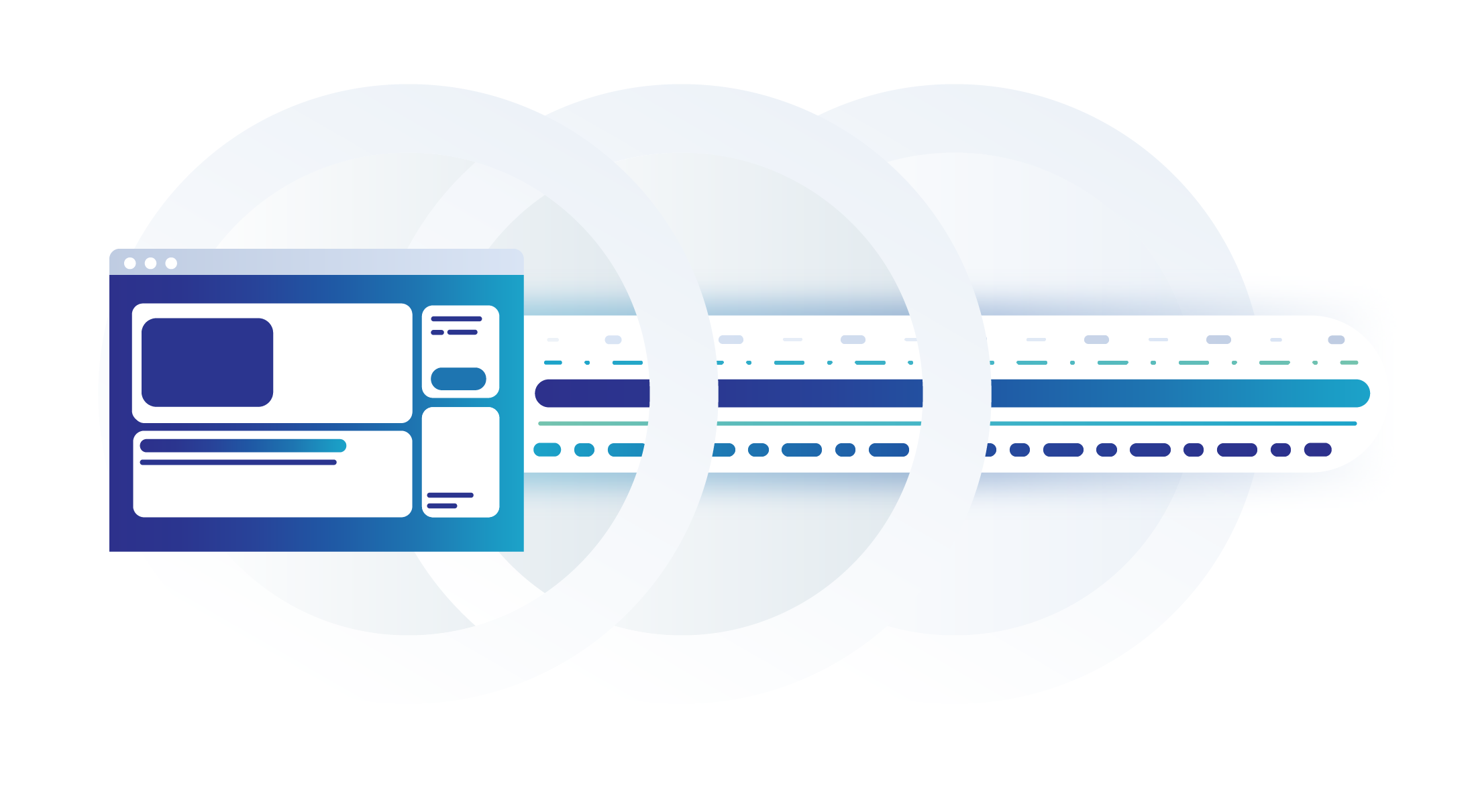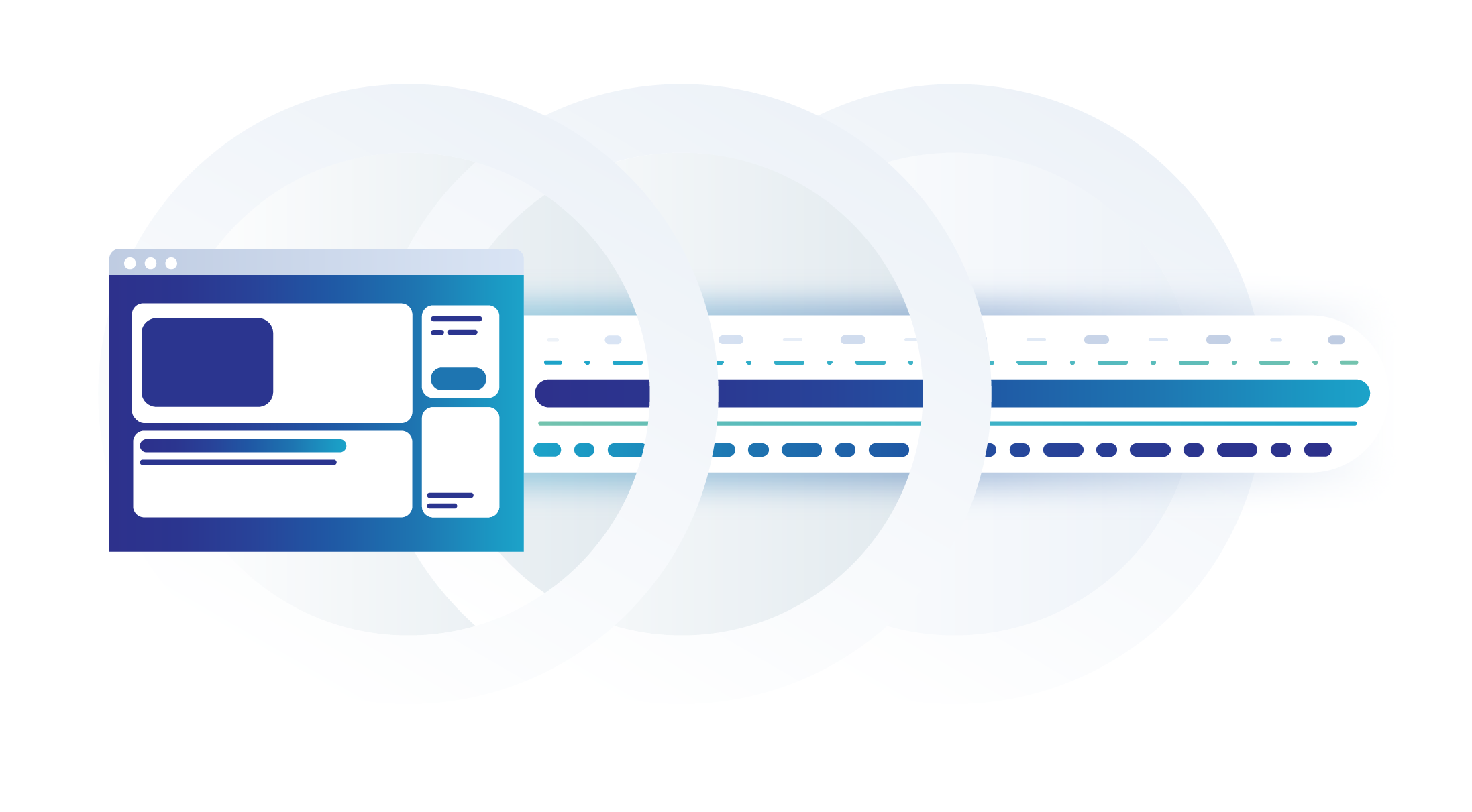Friends Hard to Find These Days? These Surprising Insights May Help
Finding true friends who we can trust in life is becoming increasingly more difficult with the advent of technology and its ability to create distance between people. We may think that having a large circle of acquaintances is great, but this does not equate to having real friends. There are many reasons for this phenomenon, such as being overly connected in the digital world versus taking time away from our screens to interact face-to-face with those around us. But, there is surprisingly some insight into the current climate that may help foster meaningful connections and relationships that last. Here are some of the surprising insights that may help you find true friends in today’s world:
Start with yourself
If you want to make meaningful connections and develop real friendships, it is important to start by looking inward. Investing in your own emotional well-being and self-confidence will ensure that you are comfortable interacting with others on a deeper level. Taking time to reflect on your own identity, what you need from friends and how you can be a good friend will make all the difference in your ability to form lasting relationships.
Get out of your comfort zone
Connecting with people Continue reading
Lambda — Sync / Async Invocations
< MEDIUM: https://medium.com/@raaki-88/lambda-sync-async-invocations-29e12a47ce85 >
A short note on Lambda Sync and Async Invocations. After Reinvent 2022, most of us started to think around Event-Driven architectures, especially using Event-Bridge, and Step-Functions at the core of state changes and function data pass.
I like these ideas very much. For me, before step-functions and event-bridge Lambda had this beautiful feature of Event/Request-Response knobs which served the purpose. With Step-Functions in place, you remove the complexity of maintaining state and time-delay logic and connectivity to different AWS services without relying on BOTO3 API connectivity. As one of the talks in Reinvent 2022 iterated that Lambda should be used to transform the data but not transfer the data.
https://www.youtube.com/watch?v=SbL3a9YOW7s
This is by far the best video that I have seen around the topic, this guy has nailed it to perfection! Please watch it if you are interested in these architectures.
For those who were looking out for using Lambda Request-Response/Event-based invocations few things that I have not seen anyone else write about some nitty gritty details
Let’s say
def call_other_lambda(lambda_payload):
lambda_client = boto3.client('lambda')
lambda_client.invoke(FunctionName='function_2',
InvocationType='Event', Payload=lambda_payload)
def lambda_handler(event, context):
print(event.keys())
get_euiid = event['end_device_ids']['device_id']
lambda_payload = json.dumps( {json. Continue reading
Warning: The Cost of Cyberattacks Can Break the Bank
As the volume and cost of cyberattacks continue to surge, one-in-five U.S. and European organizations report that they have come close to filing bankruptcy as a result of a cyberattack.Automation 19. Enabling OCP SONiC To Be Managed Via GNMI With pyGNMI
Dear friend,
We hope you are doing great and had a nice time over the festive period to recharge your batteries towards the new year. We wish it to be successful, productive and prosperous. With this, let’s dive into the topic of today’s blog, which is network automation for OCP SONiC with GNMI and Python over pyGNMI.
2
3
4
5
retrieval system, or transmitted in any form or by any
means, electronic, mechanical or photocopying, recording,
or otherwise, for commercial purposes without the
prior permission of the author.
Do I Need to Automate SONiC? How Can I Do It?
SONiC, which stands for Software for Open Networking in the Cloud, is a Network Operating System (NOS). SONiC’s main purpose is to run on the data center switches and provide simple and reliable connectivity between endpoints (Baremetal servers, virtual machines, containers, etc). As it is a piece of the network software, which runs on network hardware, it is for sure requires automation.
The good news is that it supports RESTCONF and GNMI with OpenConfig YANG modules, which we extensively cover in our Network Automation Trainings:
We offer the Continue reading
Should ‘Chrome Enhanced Protection’ Be The Default ?
 The strongest level of Safe Browsing protection Google Chrome has to offer
The strongest level of Safe Browsing protection Google Chrome has to offer
SCP not working with MacOS 13 Ventura?

You have updated your MacOS to version 13 (Ventura) and a simple SCP to a network device does not work anymore? In fact, this is normal, here is the reason and how to solve this. The symptom The SCP command that you have already done thousands of times to upload or download a file from/to a network device gives an error, for example: ~ scp nxos64-cs.10.2.4.M.bin admin@myswitch:bootflash:/// (admin@myswitch) Password: subsystem request failed on channel 0 scp: Connection closed The reason The SCP protocol has been deprecated in OpenSSH 9.0 which…
The post SCP not working with MacOS 13 Ventura? appeared first on AboutNetworks.net.
Making It Work in 2023

We’re back to the first of the year once again. January 1, 2023 is a Sunday which feels somewhat subdued. That stands in contrast to the rest of the year that felt like a rollercoaster always one heartbeat away from careening out of control. As is the tradition, I’ll look at the things I wanted to spend more time working on in 2022:
- More Analytical Content: I have to honestly give myself a no on this one, at least from a technical perspective. I did spend some time making analytical content for my Tomversations series. However, the real difference in analytical content came from my posts about leadership and more “soft skill” focused ideas. I’ve gotten more comments about those posts than anything in 2022 and I couldn’t be more proud.
- Saying No to More Things: This is the part where I would insert an animated GIF of someone laughing manically. While I did make strides in telling people that I have way too much going on to take care of one extra thing the reality is that I took on more things that I probably should have. That’s something that I definitely do need to change but the real Continue reading
2023 Goals
https://codingpackets.com/blog/2023-goals
2022 Working Environment
The change of the year is always a good time to reflect. This year I’ve made major changes in my physical environment by reshaping many of the things about this house we recently moved to in Knoxville. Besides ripping out the entire kitchen, replacing all the floors, and reworking the fireplace, it was a good chance to rethink the office I work in every day. I’m rather persnickety about the lighting, layout, and tools I use (although a lot of people still think I’m crazy for using fairly standard tools, like Word, for writing).
This is my space, pretty much—

I use an adjustable height desk where I’m either leaning or standing—if I want to sit to read something, I normally grab a tablet and sit in the red chair off to the side, or even go someplace else in the house. I prefer not to read on my main computer screen most of the time. I normally keep ambient light to a minimum, and turn my monitor brightness down to pretty minimal, as well—below 20%.
I’m currently running an LG 38in curved monitor. I don’t game, so I care a lot more about resolution than refresh rate, etc. My Continue reading
2022 Year In Review
https://codingpackets.com/blog/2022-year-in-review
IT Job Market: 2022’s Wild Ride and What to Expect for 2023
We entered 2022 in the midst of a talent crisis when skilled IT pros were moving to new jobs and getting a bump in compensation. As we leave the year, many are wondering if massive tech layoffs and whispers of budget cuts are signaling a change, even though tech job openings are still abundant.Testing Your Weakest Links as a Chain
You may have heard in the news this week that there was a big issue with Southwest Airlines this holiday season. The issues are myriad and this is going to make for some great case studies for students in the future. However, one thing I wanted to touch on briefly in this whole debacle was the issue of a cascade failure.
The short version is that a weather disruption in the flight schedule became a much bigger problem when the process for rescheduling the flight crews was overwhelmed. Turns out that even after the big computer system upgrades and all the IT work that has gone into putting together a modern airfare booking system that one process was still very manual. The air crew rescheduling department was relatively small in nature and couldn’t keep up with the demands placed on it by the disruptions. It got to the point where Southwest had to reduce their number of flights in order to get the system back to normal.
Worst Case Scenario
I’m not an expert at airline scheduling but I have spent a lot of time planning for disaster recovery. One of the things that we focus on more than anything Continue reading
The state of HTTP in 2022


At over thirty years old, HTTP is still the foundation of the web and one of the Internet’s most popular protocols—not just for browsing, watching videos and listening to music, but also for apps, machine-to-machine communication, and even as a basis for building other protocols, forming what some refer to as a “second waist” in the classic Internet hourglass diagram.
What makes HTTP so successful? One answer is that it hits a “sweet spot” for most applications that need an application protocol. “Building Protocols with HTTP” (published in 2022 as a Best Current Practice RFC by the HTTP Working Group) argues that HTTP’s success can be attributed to factors like:
- familiarity by implementers, specifiers, administrators, developers, and users;
- availability of a variety of client, server, and proxy implementations;
- ease of use;
- availability of web browsers;
- reuse of existing mechanisms like authentication and encryption;
- presence of HTTP servers and clients in target deployments; and
- its ability to traverse firewalls.
Another important factor is the community of people using, implementing, and standardising HTTP. We work together to maintain and develop the protocol actively, to assure that it’s interoperable and meets today’s needs. Continue reading
Securing Windows workloads
Containers are a great way to package applications, with minimal libraries required. It guarantees that you will have the same deployment experience, regardless of where the containers are deployed. Container orchestration software pushes this further by preparing the necessary foundation to create containers at scale.
Linux and Windows support containerized applications and can participate in a container orchestration solution. There is an incredible number of guides and how-to articles on Linux containers and container orchestration, but these resources get scarce when it comes to Windows, which can discourage companies from running Windows workloads.
This blog post will examine how to set up a Windows-based Kubernetes environment to run Windows workloads and secure them using Calico Open Source. By the end of this post, you will see how simple it is to apply your current Kubernetes skills and knowledge to rule a hybrid environment.
Windows containers
A container is similar to a lightweight packaging technique. Each container packages an application in an isolated environment that shares its kernel with the underlying host, making it bound by the limits of the host operating system. These days, everyone is familiar with Linux containers, a popular way to run Linux-based binary files in an Continue reading
5 Top Network Detection and Response Tools for 2023
Powerful digital guard dogs protect enterprise networks against attacks. Here's a look at the best tools to unleash in the new year.Microsoft AZ-700 completed
I just passed the Microsoft AZ-700 exam, Designing and Implementing Microsoft Azure Networking Solutions, which means I am now certified in the two major clouds (AWS and Azure) when it comes to networking. As always after an exam, I write a summary of my experience with it and the resources I used. This is this post.
What is AZ-700?
This exam is for those that want to get certified on the networking component of Azure. Microsoft describes the exam in the following manner:
Candidates for this exam should have subject matter expertise in planning, implementing, and maintaining Azure networking solutions, including hybrid networking, connectivity, routing, security, and private access to Azure services
The breakdown of major topics and their percentage is the following:
- Design, implement, and manage hybrid networking (10-15%)
- Design and implement core networking infrastructure (20-25%)
- Design and implement routing (25-30%)
- Secure and monitor networks (15-20%)
- Design and implement Private access to Azure Services (10-15%)
There is a more detailed breakdown available as well. Always go through the exam blueprint before studying for a certification.
How to study for AZ-700
My goal when studying for this exam was to build a proficiency working with networking in Azure. That Continue reading
